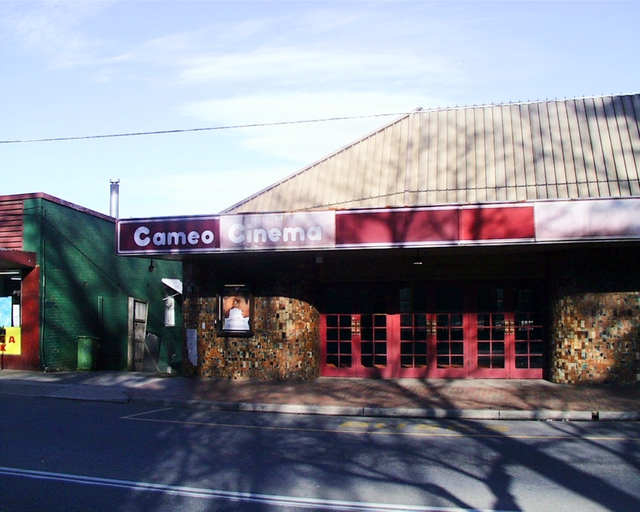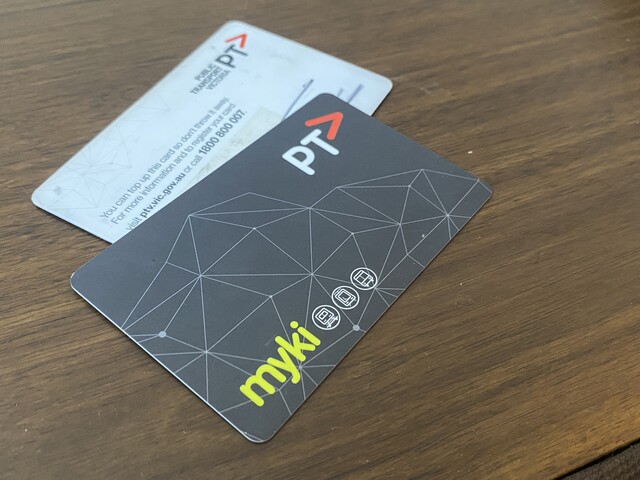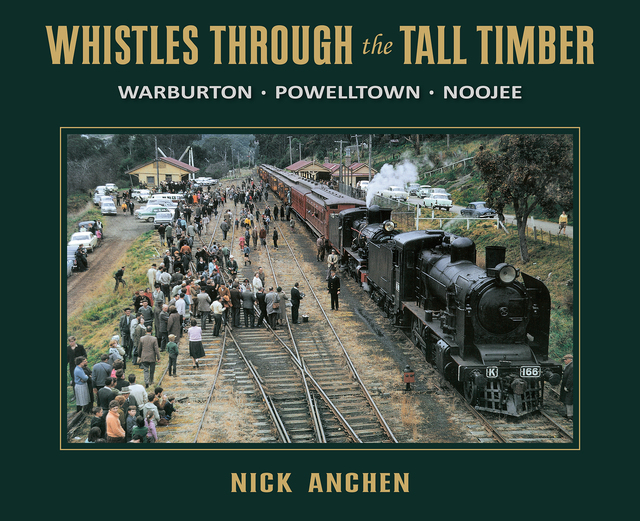Kid Reporter: The Secret To Breaking News, written by Saffron Howden and Dhana Quinn and published by NewSouth Publishing in 2021, is a delightful book suitable for readers of all ages – not just young people, but anyone who’s interested in knowing what journalists do, how they do it, and why it matters.
Written in simple, straightforward, precise and honest words, the book teaches us how to be the change we want to see in the world. The most important message is perhaps this: “For too long news has been for adults only. But what happens in the world affects you too. We think it’s about time young people were more involved in making the news.”
The book is divided into four parts. Part One explains how to turn natural curiosity into essential journalism skills such as critical thinking, news detecting, interviewing and fact-checking. Part Four contains a step-by-step guide to setting up a newspaper, podcast and TV-style news program in a school environment.
Indeed, in this era of citizen journalism, where everyone thinks they should play an active role in the process of collecting, reporting, analysing and disseminating news and information, these skills are fundamental. So are the journalistic code of ethics of being truthful, respectful, fair, balanced, independent and responsible.
Why aren’t these skills and standards more widely acknowledged? Not just young people, but adults also need to understand and identify their own points of view, as well as other people’s perspectives and opinions.
Part Two and Part Three of the book briefly but matter-of-factly discuss how to be a “news detective”. While it may seem easy to tell the difference between advertising and news – think of Peter Weir’s 1998 masterpiece The Truman Show – it can be difficult to distinguish between perspective and opinion, and between opinion and fact.
We all know a news story needs to answer the six basic questions of Who, What, Where, When, Why, and How. But to tell the difference between “fake news” and real news requires one simple question – “Who said what and why?”
In the authors’ words: “Information includes any and all details about a situation, person, thing or event. But someone has to create that information… You have to find out who created it, try to understand why it was produced, and identify the target – who the creator wants to reach with the information.”
It takes a book written for all aspiring reporters to shout out such a simple message, that “information is produced to inform, influence, distract, persuade, entertain, sell, or even insult and be mean”. More crucially: “News is a truthful telling of the facts that is meant to inform the audience, not to convince or sell something.”
So, don’t just let others such as Peter Greste, Mark Scott, Margaret Simons and Annabel Crabb tell you how important Kid Reporter is as a book. Find a copy in your local library and read it with your kids, so you, too, can change the world.






